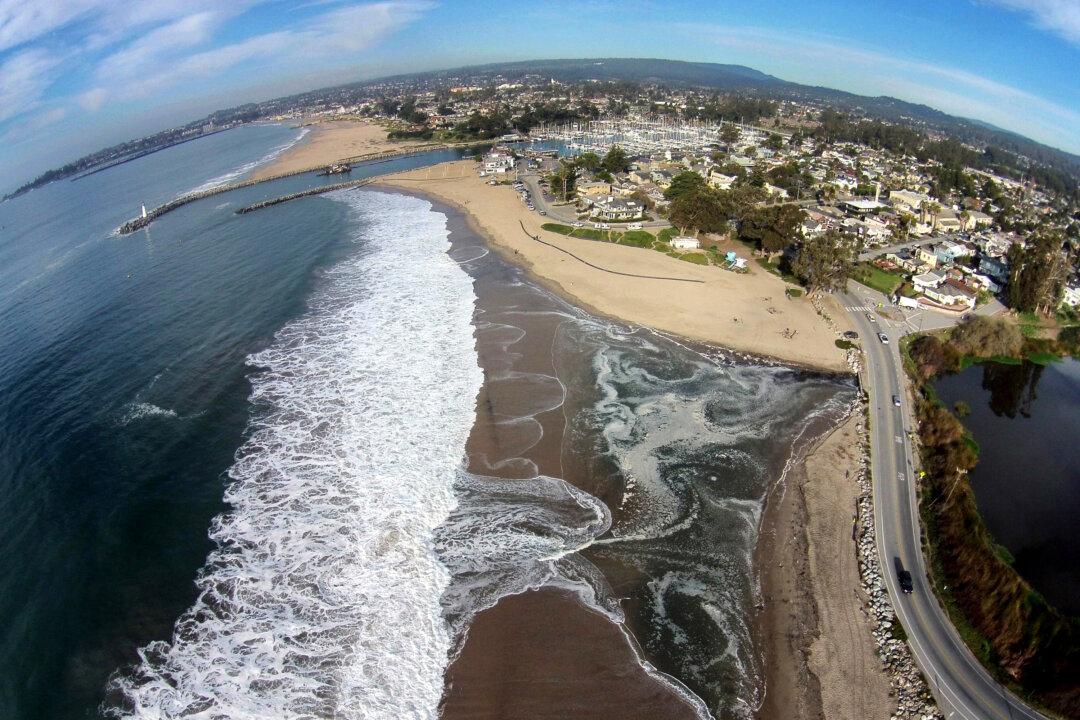WASHINGTON—Sea levels on Earth are rising several times faster than they have in the past 2,800 years and are accelerating because of man-made global warming, according to new studies.
An international team of scientists dug into two dozen locations across the globe to chart gently rising and falling seas over centuries and millennia. Until the 1880s and the world’s industrialization, the fastest seas rose was about 1 to 1.5 inches a century, plus or minus a bit. During that time global sea level really didn’t get much higher or lower than 3 inches above or below the 2,000-year average.
But in the 20th century the world’s seas rose 5.5 inches. Since 1993 the rate has soared to a foot per century. And two different studies published Monday in the journal Proceedings of the National Academy of Sciences, said by 2100 that the world’s oceans will rise between 11 to 52 inches, depending on how much heat-trapping gas Earth’s industries and vehicles expel.






